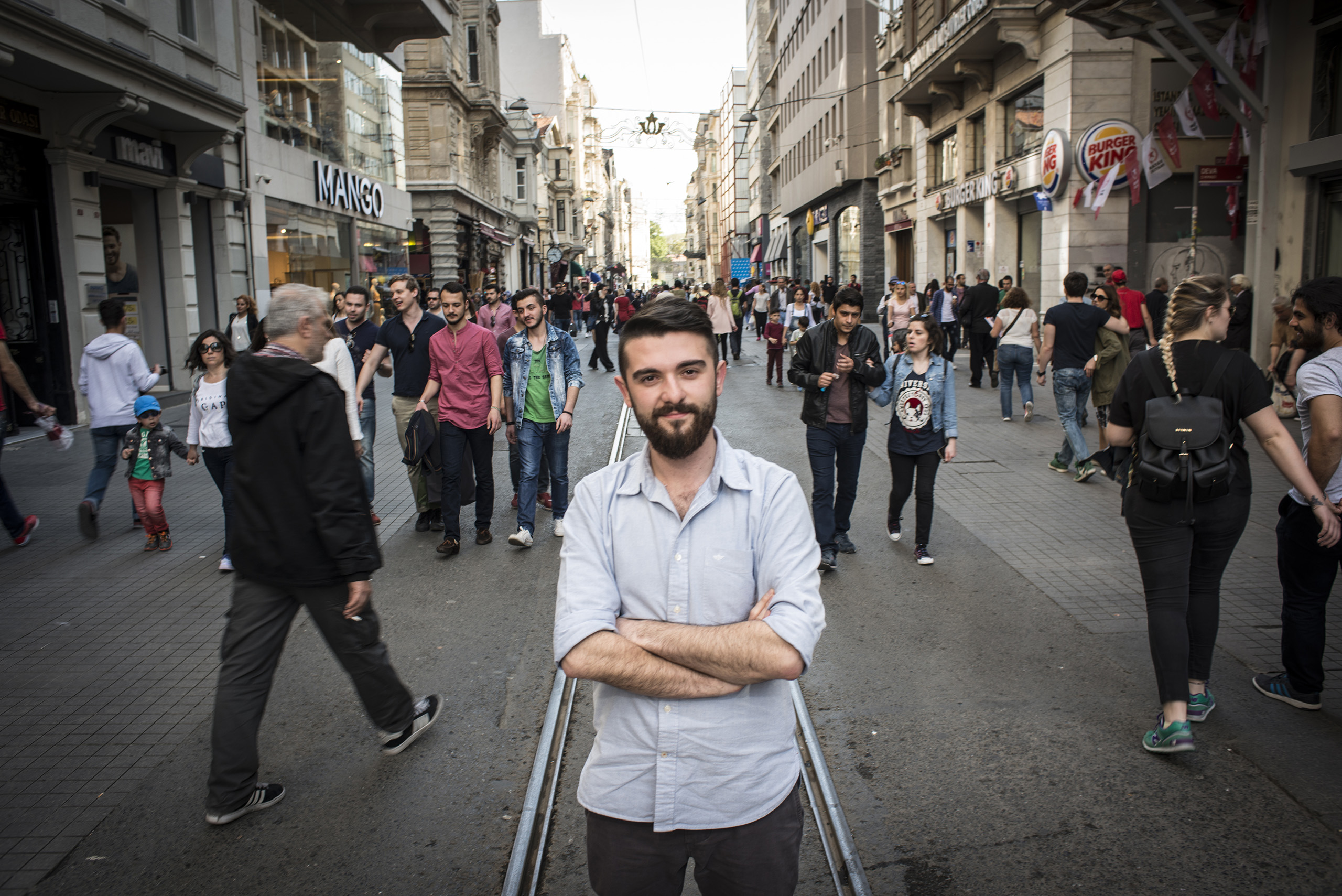On Dec. 28, 2011 two Turkish fighter jets flying near the Iraqi border dropped bombs on what they believed to be a column of militants belonging to the Kurdistan Workers’ Party (PKK), a Kurdish separatist group. Thirty-four people died in the attack. When witnesses arrived at the scene they discovered that the dead were villagers, not fighters. Some were as young as 12 or 13. The group had been smuggling fuel and cigarettes into Turkey.
Engin Onder, a student living in Istanbul, was appalled at the coverage. For hours, Turkey’s main news channels did not report the bombing. Onder relied on Twitter and Instagram to follow the story.
Onder believed that the established media companies were subject to government censorship and were compromised by its own business interests and therefore could not be counted on to deliver hard-hitting news. (Reporters Without Borders, a media watchdog, ranks Turkey 149th among 180 countries in its 2015 press freedom index.) So a couple of weeks after the bombing Onder, together with two college friends, decided to launch a Twitter account they named 140journos. Their plan: to produce news that went unreported by the Turkish press.
When the group started live-tweeting a series of politically controversial trials in early 2012, a few Turkish academics took notice. “They said we were doing an organized practice of citizen journalism,” says Onder. “The first thing we did was to look up what that meant. None of us were journalists.”
Onder, who is now 23, decided to grow 140journos from the ground up, soliciting, verifying and disseminating news from volunteers across the country. At first, the results were discouraging. “We couldn’t expand our network,” he says.
Then came the Gezi Park protests. What began in late May 2013 as a sit-in against the demolition of an Istanbul park soon swelled into a storm of anti-government protests in dozens of cities. Much of the Turkish news media once again looked the other way.
For Onder’s group, Gezi became an “overnight revolution,” as he puts it. Tens of thousands of Turks turned to alternative news sources, including 140journos. “In a day, everyone became a citizen journalist,” says Onder. By the time the protests fizzled out in mid-June, the group’s Twitter following had increased from 8,000 to 30,000. Its contributors, all volunteers, have since transformed from a circle of friends into a community of 250 people across the country.

Today, ahead of a hotly contested parliamentary election set for June 7, Onder is working on what he believes to be the next frontier in citizen journalism—real-time mapping. On the day of the vote, he and his team plan to pool local results, data from previous elections, and claims of ballot box fraud, all of them gleaned from official sources, tweets, and reports on the ground. The team will then feed them into an interactive map posted on the group’s website. Onder intends the map to be a real-time and transparent account of the election.
Zeynep Tufekci, an assistant professor at the University of North Carolina, has been impressed by Onder’s work from the start. “They certainly performed better [at reporting on the Gezi protests], and with much, much greater accuracy, than any mass media outlet,” she says.
Where Onder has led, others have followed. In the fall of 2013, amid protests in his Istanbul neighborhood, Can Puruzsuz, 22, began flooding 140journos with tweets and photos. He met Onder in person a month later. As an aspiring historian, he says, he was excited by the group’s commitment to neutral language and attention to detail. “It’s a lot of responsibility,” he says. “They’re writing a history of the present.”
- Why Trump’s Message Worked on Latino Men
- What Trump’s Win Could Mean for Housing
- The 100 Must-Read Books of 2024
- Sleep Doctors Share the 1 Tip That’s Changed Their Lives
- Column: Let’s Bring Back Romance
- What It’s Like to Have Long COVID As a Kid
- FX’s Say Nothing Is the Must-Watch Political Thriller of 2024
- Merle Bombardieri Is Helping People Make the Baby Decision